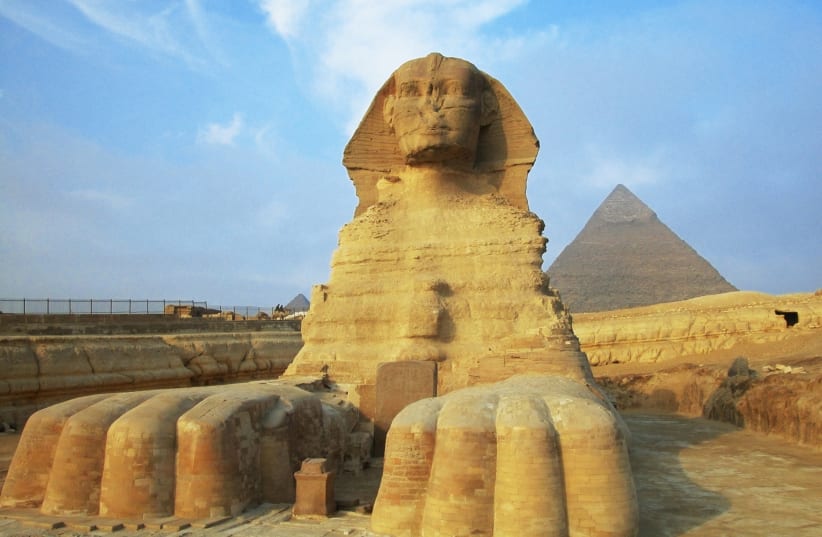A limestone Sphinx statue and other artifacts were uncovered by archaeologists in southern Egypt.
The artifacts were discovered in the temple of Dendera, which is located near the well-preserved Hathor Temple.
Archaeologists also uncovered the remains of a chapel and a Roman-era stone slab with hieroglyphic inscriptions.
The Sphinx
The Sphinx, which adorns a smiling face with charming dimples, is thought to represent the Roman Emperor Claudius. Emperor Claudius ruled the Roman Empire, which extended into Northern Africa, from around 41 and 54 AD.
Emperor Claudius is remembered for enacting laws that better protected enslaved workers, improving the empire's judicial system and extending Roman citizenship to members of the empire. Historians now believe that he likely had cerebral palsy or Tourette's syndrome and was subjected to a lot of public and private humiliations due to prejudice toward Disabled people, according to History.com.
Mamdouh Damati, a former minister of archaeology and professor of archaeology at Ain Shams University late confirmed that there were traces of yellow and red dye on the Sphinx.
In Greek mythology, the Sphynx is a winged monster that has the head of a human woman, and a lion’s body. It asks riddles and those who fail to answer correctly are killed. However, in Egyptian mythology, the Sphinx is a spiritual guardian.
